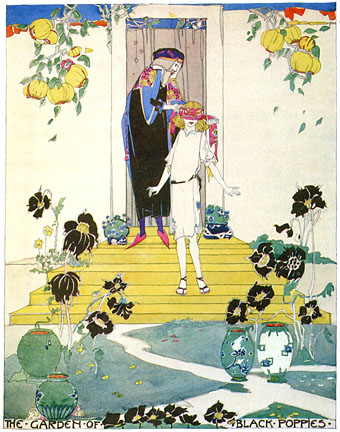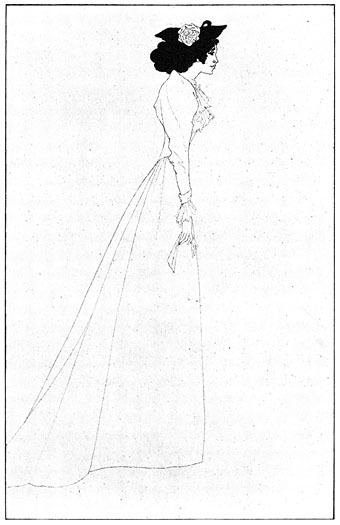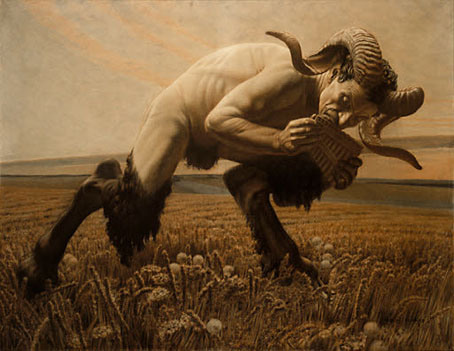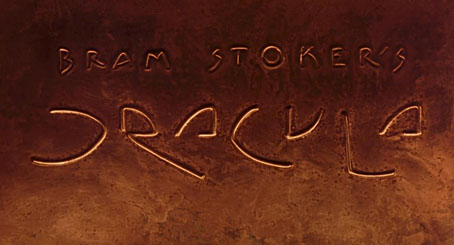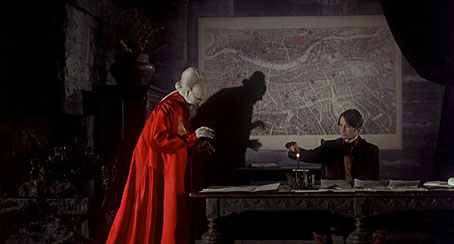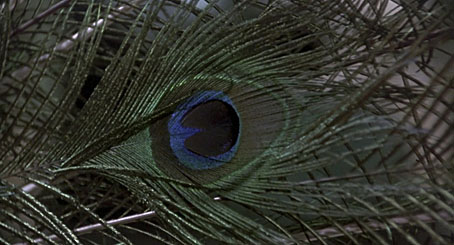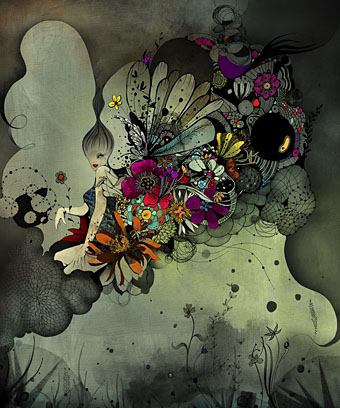
Flower Me Gently (2010) by Linn Olofsdotter.
• “Many of Moorcock’s editorials are published here, and they still make exhilarating reading. Then, as now, Moorcock set his face against a besetting English sin: a snobbish parochial weariness, an ironic superiority to the frightful oiks who have started filling up the streets. You can almost hear, behind the languorous flutter of the pages, Sir Whatsits sniggering to Lady Doo-Dah. It still goes on, and it’s usually the same flummery in different clothes. Moorcock not only would not go to the party: he threw the literary equivalent of explosive devices into the Hampstead living rooms.” Michael Moorcock’s Into the Media Web reviewed. And also here.
• “Beefheart channeled a secret history of America, the underbelly of a continent and a culture that has now all but vanished along with one of its greatest poets.” Jon Savage on the life and work of the late Captain.
• Miniatures Blog, in which musician Morgan Fisher works his way through each of the fifty one-minute tracks on his extraordinary Miniatures compilation album, with details and anecdotes about the artists and the recording of each piece.
• Look at Life: IN gear (1967). A Rank Organisation newsreel about Swinging London. Sardonic commentary and some great colour photography showing how the often shabby reality differs from the caricature. Many of the shots are familiar from documentaries about the era but this is the first time I’ve seen them all in one place.
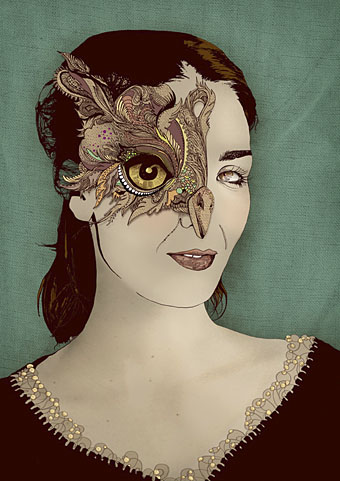
Predator (Self-portrait) by Linn Olofsdotter.
• Lewis Carroll’s new story: The Guardian‘s review of Through the Looking-Glass from December, 1871. Related: My Through the Psychedelic Looking-Glass 2011 calendar is now reduced in price.
• The United Kingdom and Ireland as seen from the International Space Station, December, 2010. Related: Spacelog, the stories of early space exploration from the original NASA transcripts.
• The “Big Basket” Fraud, 1958: “…there seems to be a limited segment with a one-track mind interested in seeing an exaggerated masculine appendage.”
• “Ancient arena of discord”: a billboard for King’s Cross by Jonathan Barnbrook. Related: Vale Royal by Aidan Andrew Dun.
• The inevitable Ghost Box link, Jim Jupp is interviewed at Cardboard Cutout Sundown.
• Amazon is still playing the random moral guardian at the Kindle store.
• Antwerpian Expressionists at A Journey Round My Skull.
• Salami CD and vacuum packaging by Mother Eleganza.
• Paris 1900: L’Architecture Art Nouveau à Paris.
• Bill Sienkiewicz speaks about Big Numbers #3.
• Philippe Druillet illustrates Dracula, 1968.
• Aesthetic Peacocks at the V&A.
• Well Did You Evah! (1990), Deborah Harry & Iggy Pop directed by Alex Cox.

